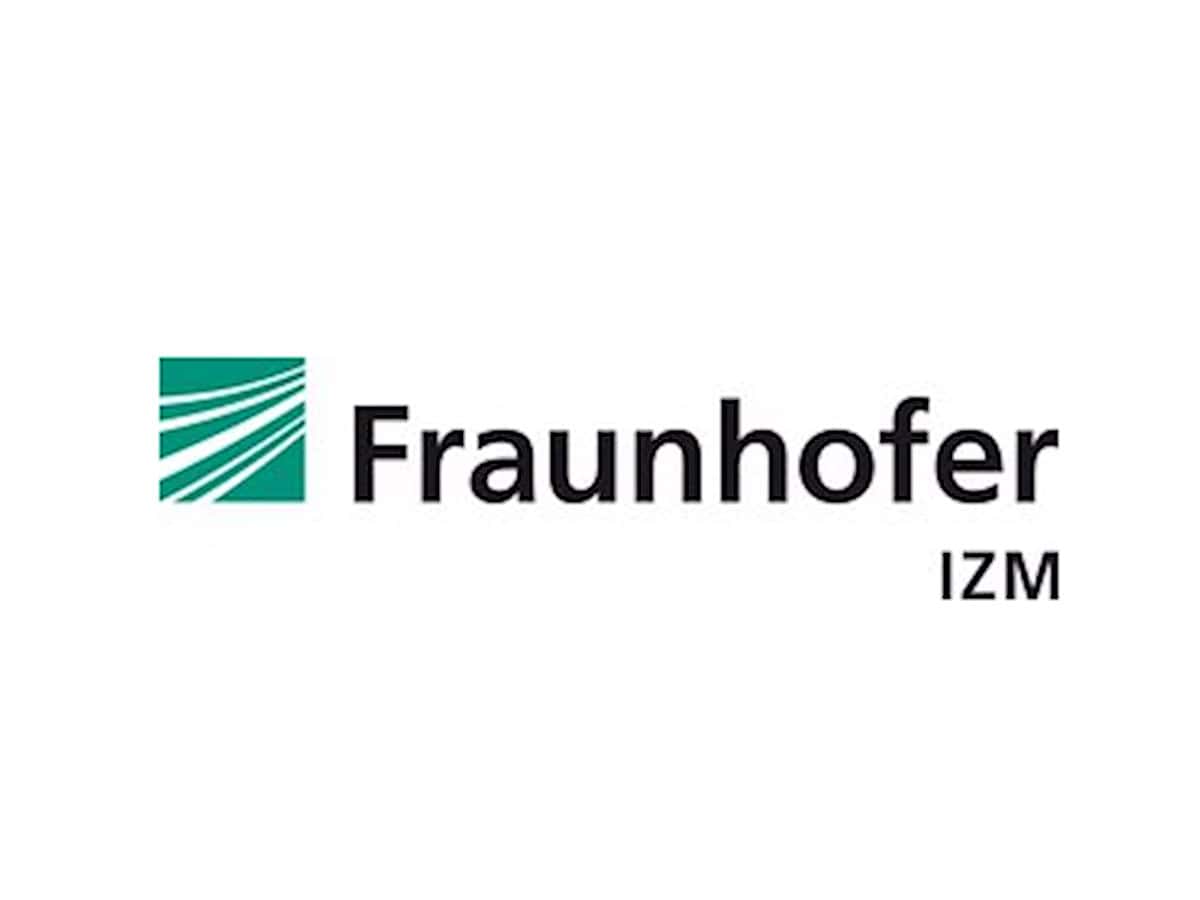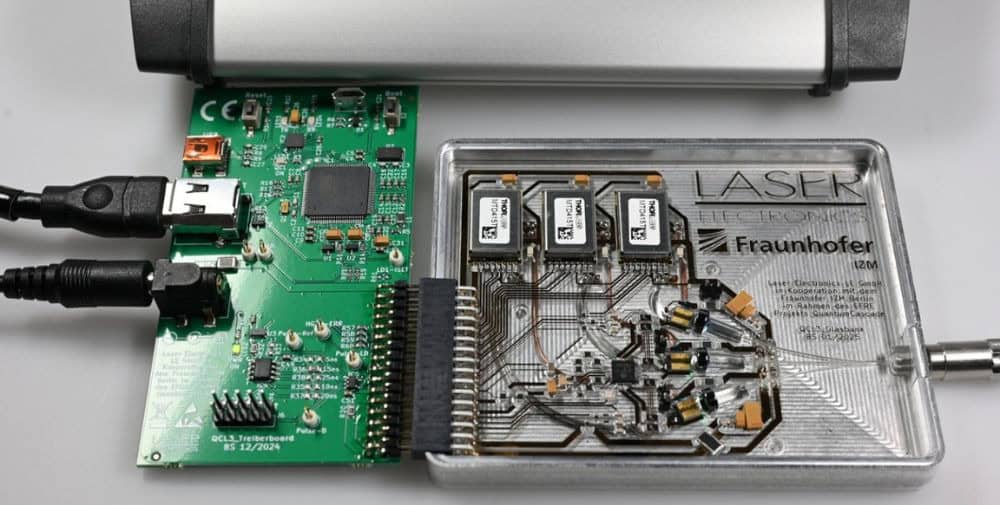
Infrared spectroscopy is used in many areas, for example in geosciences, the recycling industry and medical technology. The accuracy and complexity of spectroscopic analysis methods has increased significantly over the last 20 years. Current devices that use light with different wavelengths to carry out multispectral tests are bulky and stationary. Corresponding spectroscopes in handheld format would make the field possible. However, their development and miniaturization is cost-intensive and requires a great deal of expertise.
This is where the QuantumCascade project comes in. A modular, powerful laser system integrated on a glass circuit board would reduce the development effort for new types of devices, as manufacturers could fall back on a flexible, reliable light source. By using quantum cascade lasers (QCLs), the wavelength range between 2 µm and 15 µm, the mid-infrared spectrum (MIR), can be tapped into. Up to three QCLs can be programmed to emit pulses of just 5 nanoseconds, which are particularly important for the spectroscopic analysis of organic substances.
Highly integrated for a wide range of applications
In addition to the actual lasers, laser drivers are also embedded, which were developed together with partner Laser Electronics LE GmbH. There is also an integrated optical beam shaping and transmission system with aspherical optics and fibres that are specially tuned to the MIR spectrum.
Thanks to the innovative design concept, in which each of the QCLs is located in a temperature-stabilizable cavity in the glass, the closely spaced lasers can be adjusted and stabilized independently of each other in terms of their temperature and therefore their wavelength. The integrated electronic drivers and control circuits are attached to a thin-film metallized glass circuit board using industrial soldering processes – which is structured using selective laser etching in the µm range so that the optical components can also be fitted directly. The high level of integration makes it possible to encapsulate the entire system. This means that it can also be used in harsh environments or disinfected for medical applications.
In developing the laser system, the research team was able to draw on experience from the previous PhotMan project, in which a versatile fiber optic sensor system was implemented. QuantumCascade further develops a thin-glass platform established at Fraunhofer IZM, with which optical and electronic components can be integrated and efficiently coupled.
QuantumCascade was a joint project of the Fraunhofer Institute for Reliability and Microintegration IZM and Laser Electronics LE GmbH. It ran from 01.06.2022 to 31.03.2025. Investitionsbank Berlin IBB supported the project at Fraunhofer IZM with 390,990 euros as part of a Pro FIT project financing under the project number 10184209, among other things with funds from the European Regional Development Fund (ERDF).
(Text: Steffen Schindler)
– – – – – –
Further links
👉 www.izm.fraunhofer.de
Photo: Gunnar Böttger




